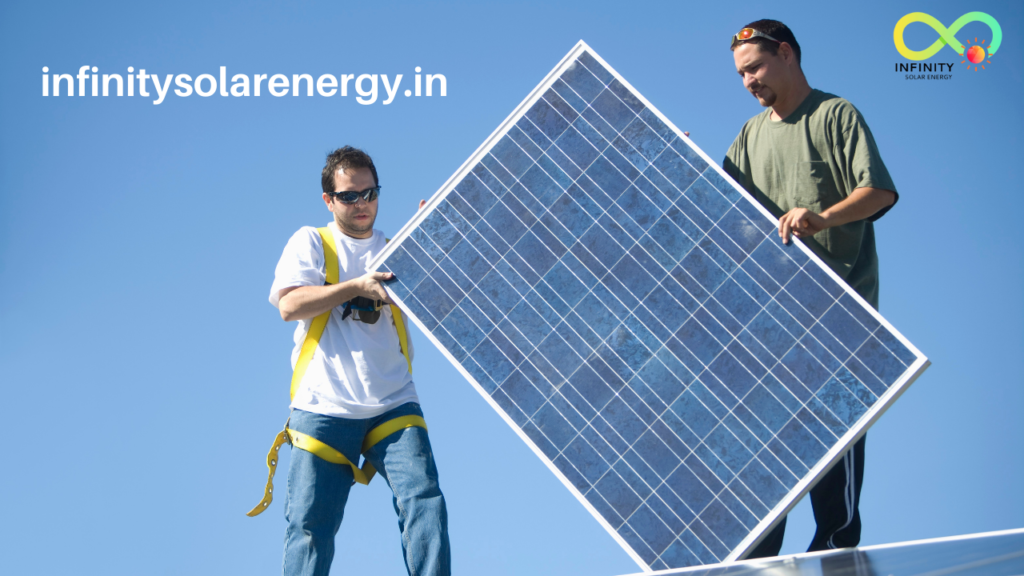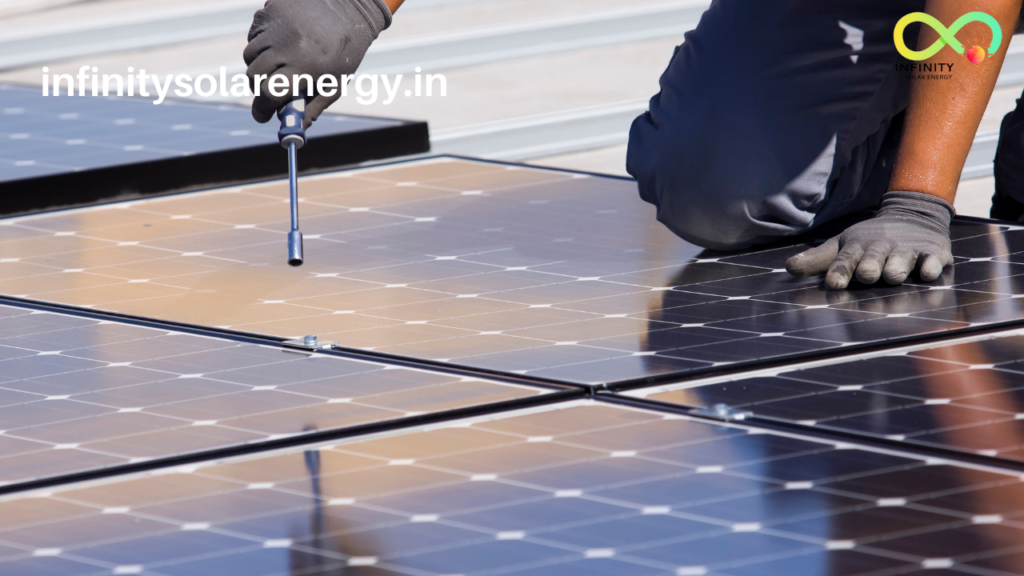What is Solar Energy? || Solar Panels Work
Solar energy comprises light, electricity, heat, and moisture. With each factor being apart of the system, the amount of energy generated is determined based on the light intensity of the sun. This process is called photovoltaic (PV) power. The amount of energy generated is called solar irradiance. Energy is a flow of charge that moves in one direction through space, with no backwards flow in between. Electrical energy is produced by applying an electric field to materials.
This is called an electrochemical process, where energy is captured using a voltage to the material to create an electric current. Solar Energy Expected to Increase, Spark Interest In Oregon During 2015, the solar industry experienced a massive increase in both installed capacity and new distributed solar.
How do Solar Panels work? || Solar Panels Work
Every year, the intensity of sun rays increases by 50% to 100% on the Earth’s surface. That means a single panel installed on a rooftop can supply many households with their electrical needs. To maximize the solar power generation and the overall efficiency of the solar panels, every solar panel should be set up in such a way that it receives the maximum amount of sunlight on a sunny day.
The solar panel’s temperature is also one of the factors that determines how much of the energy that it produces gets converted into electricity and how much goes to waste as heat. In colder climates, there is a greater need for a solar panel that is not subject to too much heat as heat can burn a solar panel’s semiconductors and thus degrade the solar panel’s efficiency.
Why Use Solar Power? || Solar Panels Work
The main reason is to save money on electricity bills. Over the last twenty years, utility rates have gone up substantially. In the U.S., in the 1990s, a typical U.S. home could expect to pay between $0.10 and $0.15 per kilowatt hour (kWh) for electricity. Today, this figure has climbed to more than $0.31 per kWh. Solar panels are the ideal solution to this.
If you install a 2 kW PV system, you would save anywhere from $50 to $90 per year on your electricity bill, even when factoring in any financing or installation fees. In addition, installing a PV system can make your home cooler in the summer. This is because the panel is generally located above your home, so the panel receives less direct sunlight.
Who Benefits from Solar Energy? || Solar Panels Work

Solar energy is produced from plants, petroleum (oil) and coal. About 20% of the world’s electricity comes from the sun. Why Solar Panels Are the Key to Your Future Solar panels work because of their efficiency. The solar panel industry have developed the technology so that solar panel efficiency have increased by a factor of a hundred, compared to the first solar panels that were launched.
In the last 30 years, solar PV industry have grown by a factor of 10. This advancement in solar PV industry in the last three decades is pretty much due to the challenges and solution that came up with a problem such as “Solar Scarcity”.
How do you install a solar panel in your home? || Solar Panels Work
If your home or business is located on a flat surface such as a rooftop, a racking system is required to hold and focus the sun’s energy onto the panel. A charging unit is also required which, at times, looks like a paint tray and is attached to the roofing or shingles. Solar Panels Cost The cost of installing a solar panel has risen significantly over the last few years.
Several factors have contributed to the cost increase, including the installation price (the upfront cost, plus ongoing maintenance costs), the material and the necessary amount of space that a home or business must dedicate to make a solar system functional.
Conclusion || Solar Panels Work
There is no dearth of solar panels available in the market, but most of them offer very low efficiency that cannot be used for our needs. Hence, a single solar panel installed can not satisfy the power requirements of a house. Hence, the solar energy can be recharged with the help of photovoltaic inverters in your electric home system.
Many countries such as France, Denmark, Germany and a lot more have already shifted towards photovoltaic electricity in a big way to curb their dependence on fossil fuels. Nowadays, solar panels are available in the form of a roof shingle and can be installed by the end user in any shape or size. Solar energy is available around us and can provide a feasible solution for our energy needs.

